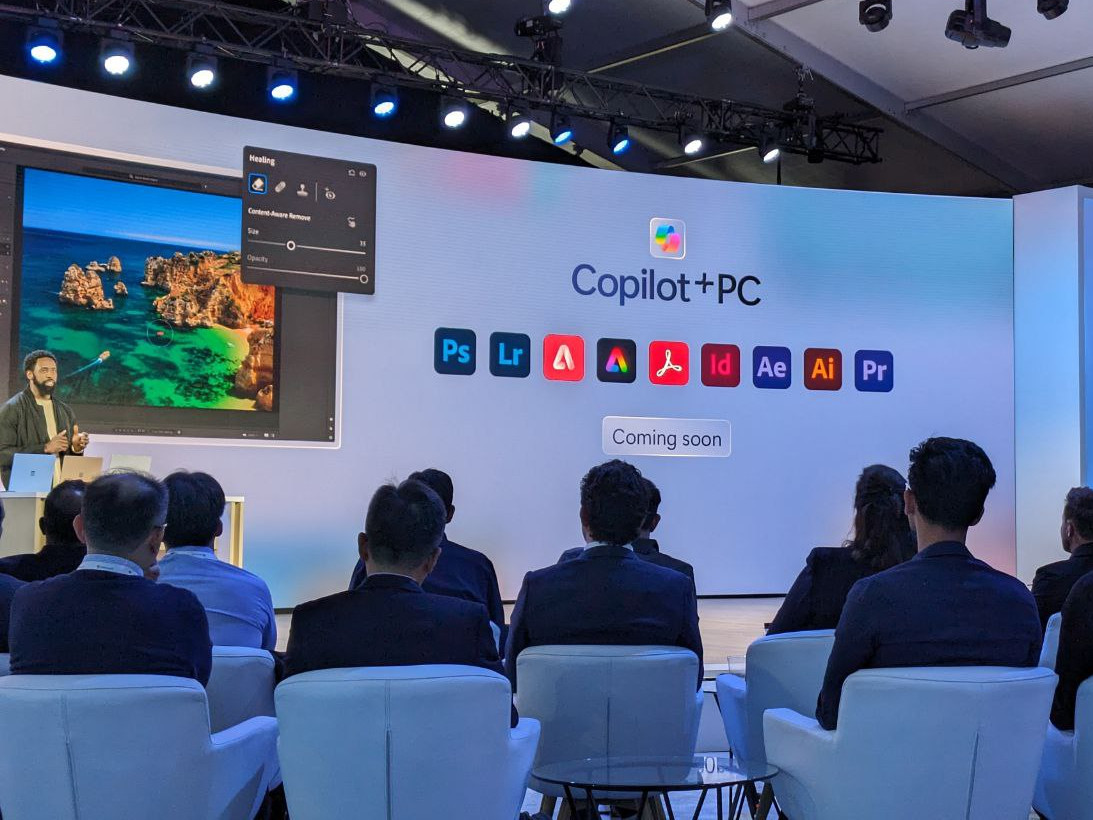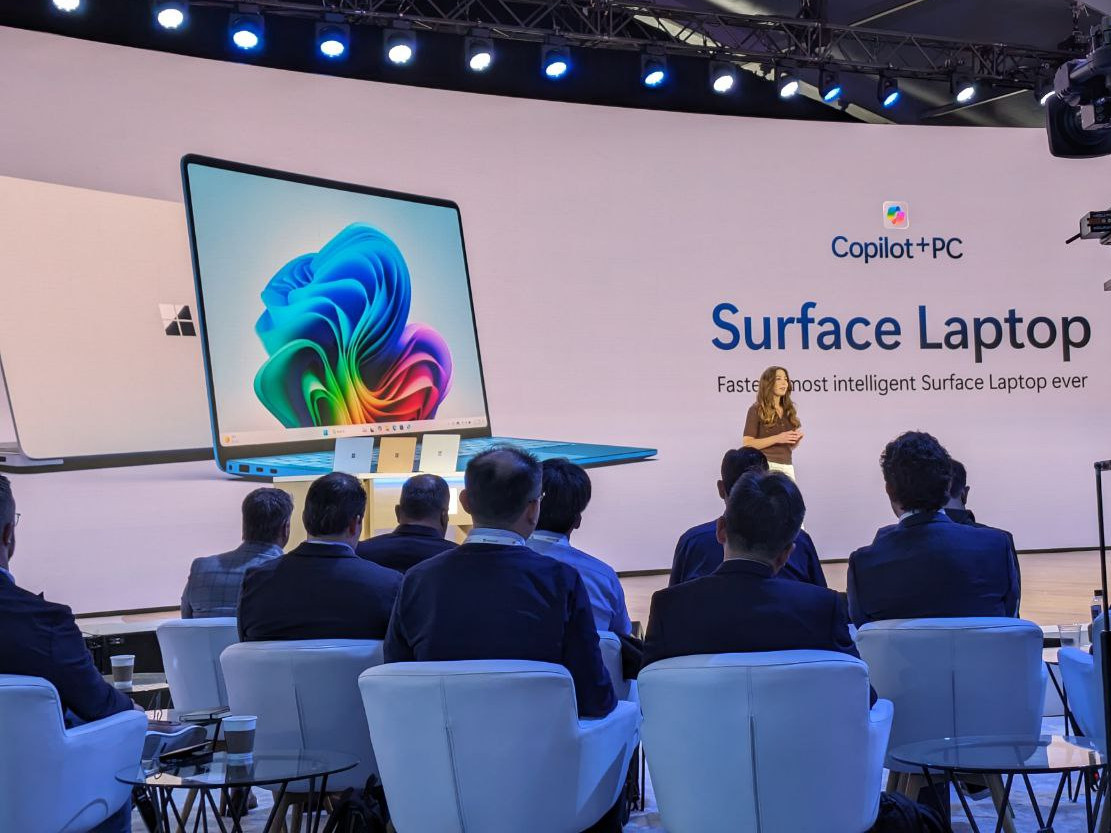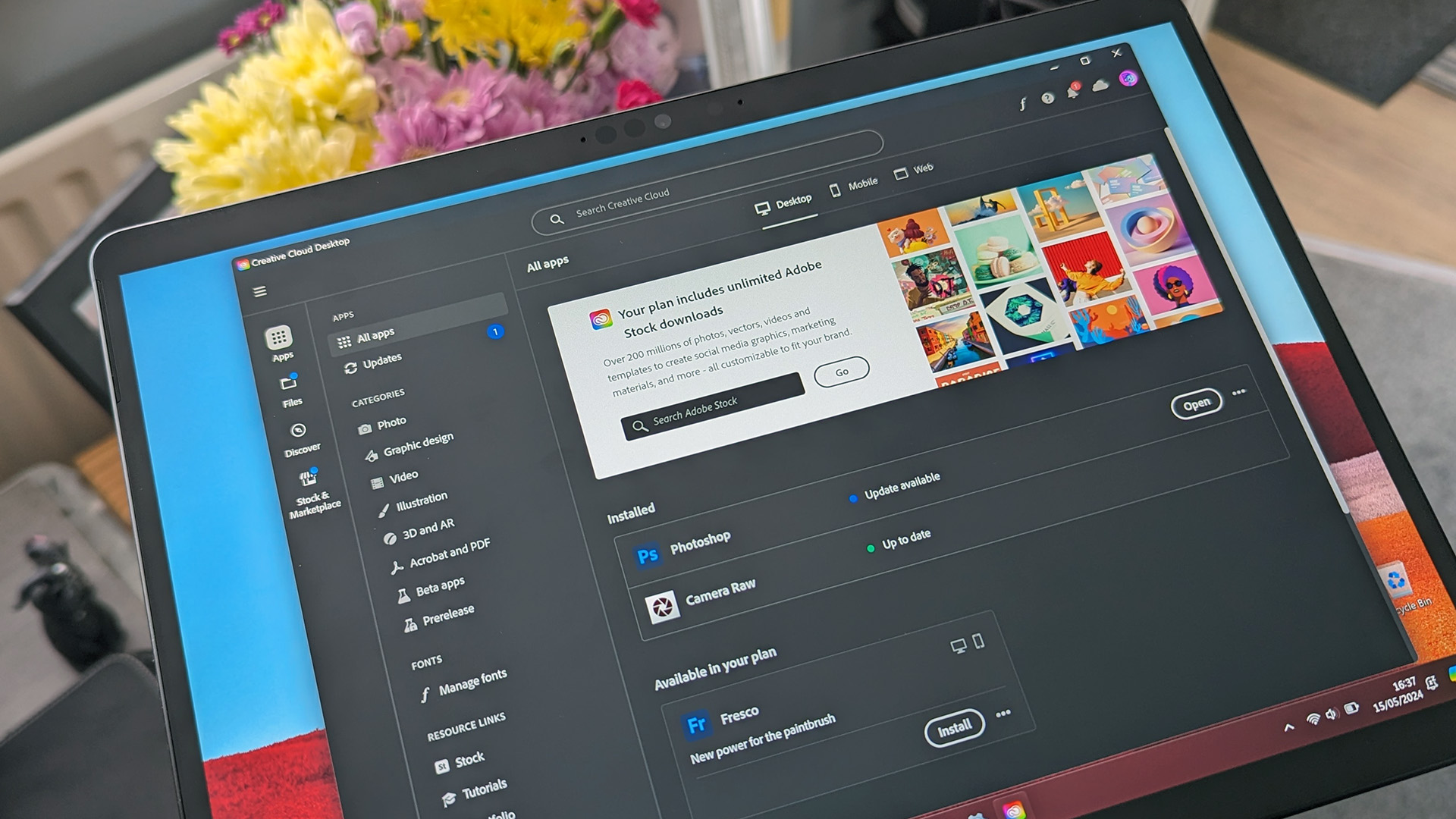Windows on Arm to get Adobe Premier Pro and more, after Adobe FINALLY pledges full support
Adobe has pledged to finally bring its full suite of tools to Windows on Arm, ending its long-time scepticism.

What you need to know
- Microsoft's big AI event has debuted new Copilot features, alongside new Surface products.
- Microsoft's new suite of AI PCs will process AI queries on-device, to address privacy concerns.
- To that end, the firm is leveraging the new Snapdragon X Elite from Qualcomm to produce a range of new AI PCs, including the latest Surface Pro and Surface Laptop.
- Previous versions of Windows on Arm, such as that found in the Surface Pro X, were without support from a major player, but that's about to change.
- Adobe has pledged to finally bring its full suite of apps, including Adobe Premier Pro, to the Windows on Arm effort.
I love my Surface Pro X. It's my fanless travel buddy that I take on work trips that don't warrant taking my full-blown Razer Blade 16 to. However, it undoubtedly has its downsides.
The Surface Pro X is powered by Microsoft's own Arm-based SoC, and as such, many Windows applications are merely emulated on the OS, rather than native. For the most part, it's fine. I just use web apps for the vast majority of what I use my travel Pro X for, and while some apps like Slack can be laggy to use, it gets the job done.
The biggest downside beyond general performance, however, is compatibility. Indeed, if an app is designed to run on Arm natively, it needs to be emulated, since they expect to be running on an x86 environment typical of Intel and AMD architectures. One notable player opted to block most of their apps entirely on the Windows on Arm product line, owing to potential headaches from emulation.
This fact alone made the Windows on Arm product line-up a total no-go for many, many industries and creative individuals. I am of course, talking about Adobe Suite.
Adobe's adoption of Windows on Arm has been generally slow, but not exactly non-existent. A few of their apps are built natively for Arm, including Photoshop, but at today's big Microsoft AI and Surface event, Adobe pledged broader support.

Announcing during the event, Adobe said that it's full range of apps is coming "soon" to Microsoft's new AI PC contingent, generally powered by the Snapdragon X Elite SoC. That includes Adobe Premier Pro, which up until now, has required an x86 processor to run on a Windows-based device.
There are already alternatives to high-end video editing on Windows on Arm, including DaVinci Resolve. But many (myself included) don't necessarily want to learn a new program and upend their workflow to adopt new silicon. Thankfully, Adobe is not forcing those interested in Windows on Arm to make a choice.
All the latest news, reviews, and guides for Windows and Xbox diehards.
"Together with Adobe, we are thrilled to announce Adobe’s flagship apps are coming to Copilot+ PCs, including Photoshop, Lightroom and Express – available today," Microsoft said. "Illustrator, Premiere Pro and more are coming this summer. And we’re continuing to partner to optimize AI in these apps for the NPU. For Adobe Creative Cloud customers, they will benefit from the full performance advantages of Copilot+ PCs to express their creativity faster than ever before."
NPU in this instance refers to the new Neural Processing Units Microsoft is incorporating into new AI PCs. Oftentimes, neural workflows are handled on graphics cards or CPUs on today's laptops, but they're more likely to be offloaded to the cloud at Adobe or Microsoft's headquarters. I use Adobe Photoshop's generative AI expand feature to adjust photographs for use on Windows Central articles sometimes, and it takes a little while because it sends the data up to Adobe's cloud servers first. You can do it on-device today, but using these dedicated NPU chips should be more effective and producing similar results at Adobe's full cloud array.
Adobe finds its new Arm abode
When companies like Apple or Microsoft demonstrate new platforms, it's usually followed with comments from Adobe. While great alternatives exist for Adobe Animate, Premier, or Photoshop, Adobe's suite remains the industry standard. Not having full Adobe support on Windows on Arm would preclude thousands of creative individuals and even entire industries from even considering a Copilot+ AI PC or the sexy new Surface Pro 11th Edition, so this is a huge boost for the platform in general.
With all the hype revolving around the Snapdragon X Elite SoC, one has to wonder how Intel will fight back. The power efficiency of the Snapdragon X Elite, coupled with support from headline acts like Adobe, really does make Intel seem old fashioned right now. The next-gen Intel suite is on the way, though, and has its sights firmly set on the Snapdragon X Elite range. Competition is heating up.

Jez Corden is the Executive Editor at Windows Central, focusing primarily on all things Xbox and gaming. Jez is known for breaking exclusive news and analysis as relates to the Microsoft ecosystem while being powered by tea. Follow on Twitter (X) and tune in to the XB2 Podcast, all about, you guessed it, Xbox!

